Food and vision, say whaaat ?? Yes, eyes do require good nutritional support for a lifetime of good function, but in ways that are different from what you would think. When it comes to ocular health it’s all about the micronutrients. Here is what you can do to keep your eyes working properly.
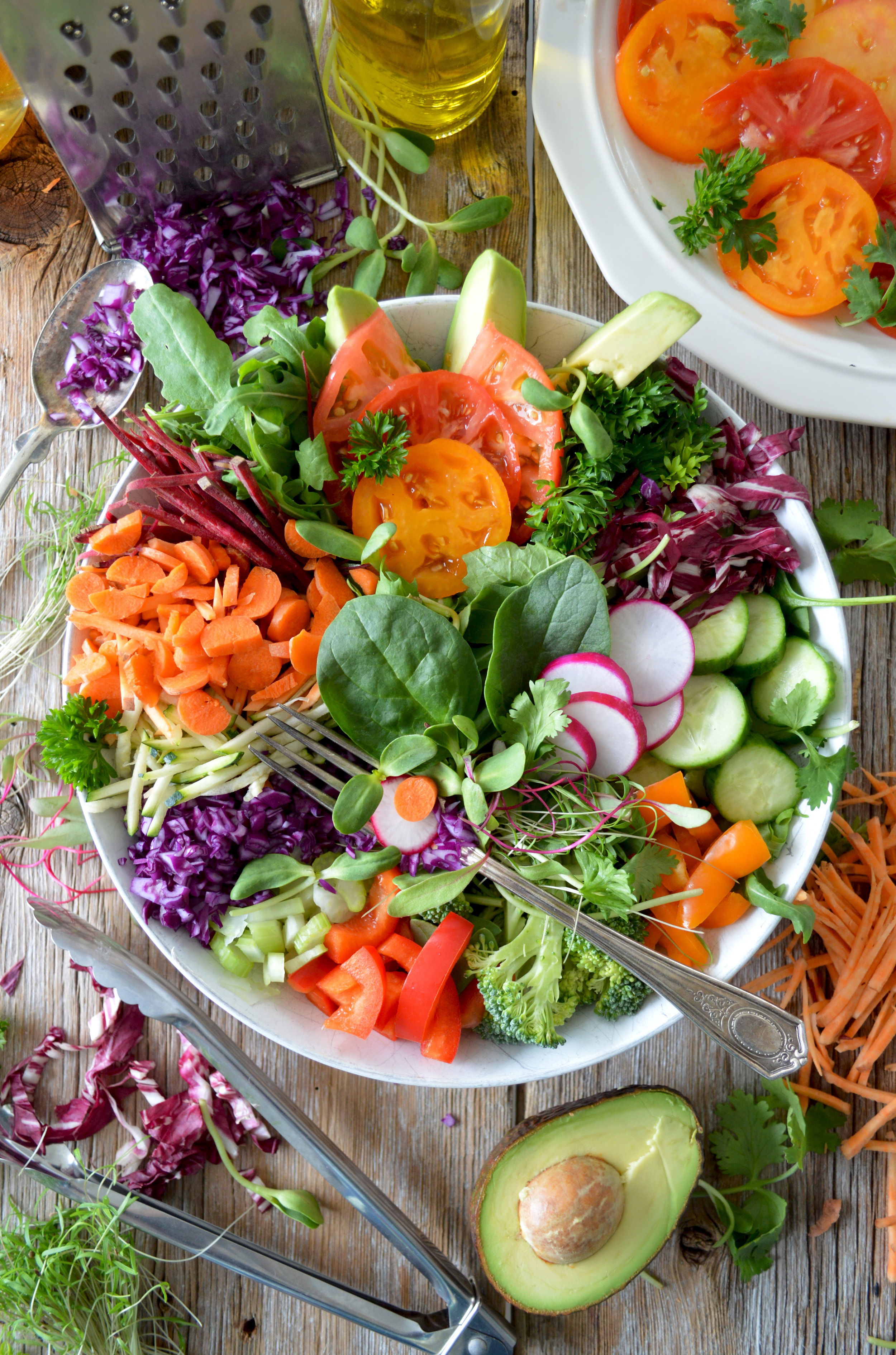
VITAMIN A
Vitamin A is probably the most essential micronutrient for ocular health and good vision. Vitamin A is needed for the production of retinal pigments utilized by the light-sensing rods and cones of the retina. Naturally occurring Vitamin A can be found in animal products in the form of retinol. Foods rich in retinol are: liver (beef, pork, poultry, fish), butter, yellow cheese, egg yolk, and milk. Because in its purest form vitamin A is toxic to the liver, direct vitamin A supplementation is not recommended. The safest and most effective way to supplement your body with vitamin A is through intake of carotenoids which are vitamin A precursors. As a rule of thumb brightly colored vegetables are rich in carotenoids. These include: dandelion greens, mustard greens, carrots, broccoli, sweet potato, kale, spinach, pumpkin, collard greens, cantaloupe, apricot, papaya, mango, pea, chard, wolfberries (goji berries), parsley, thyme, cilantro, watercress, beet greens. All these products are rich in alpha/beta/gamma-carotene and beta-cryptoxanthin, which are efficiently converted into vitamin A by the body.

LUTEIN AND ZEAXANTHIN
Lutein and zeaxanthin are also carotenoids. They help protect the eyes from the sun’s harmful rays. Studies show that foods containing these pigments help in lowering the incidence of age-related macular degeneration (AMD) and development of cataracts. In the human eye lutein is concentrated in the macula, the part of the eye responsible for color and fine detail vision. Foods containing lutein and zeaxanthin are: eggs, spinach, wolfberry (goji berry), turnip greens, collard greens, romaine lettuce, broccoli, zucchini, Brussels sprouts, squash, carrots and tomatoes.
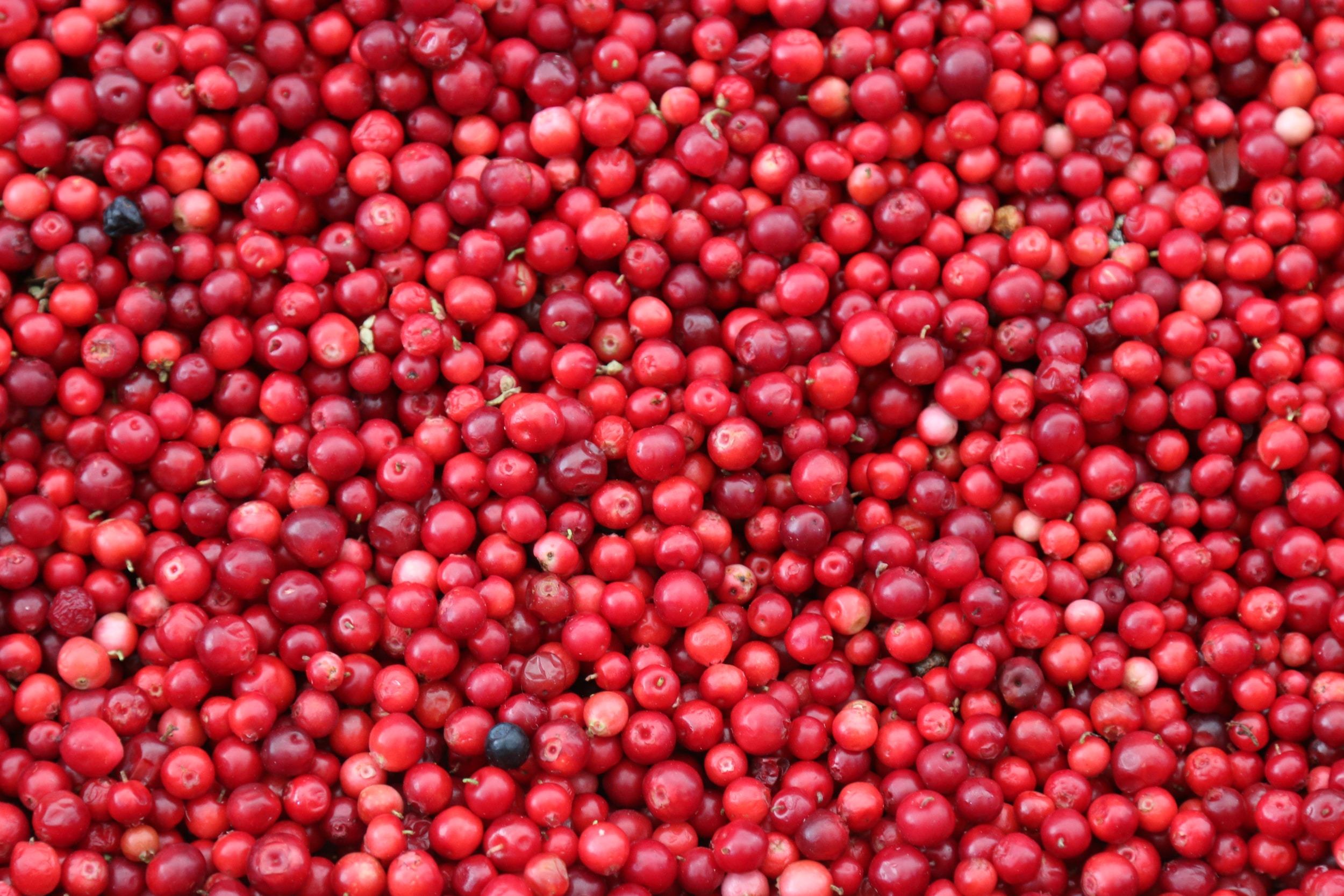
OMEGA-3 FATTY ACIDS
Omega-3 Fatty Acids promote good cardiovascular health. But did you also know that people consuming foods rich in omega-3 fatty acids are less likely to develop age-related macular degeneration? Omega-3 acids are also known to help with dry eye by modulating the function of the meibomian and lacrimal glands responsible for lubricating the eyes. Foods rich in omega-3 fatty acids are: cold-water fish (salmon, tuna, herring, mackerel, bluefish, sardines, halibut, trout, anchovy, cod, bass, swordfish, etc.) and fish oil (including cod liver oil), walnuts, flax seeds and flax seed oil, avocados and dark leafy vegetables.
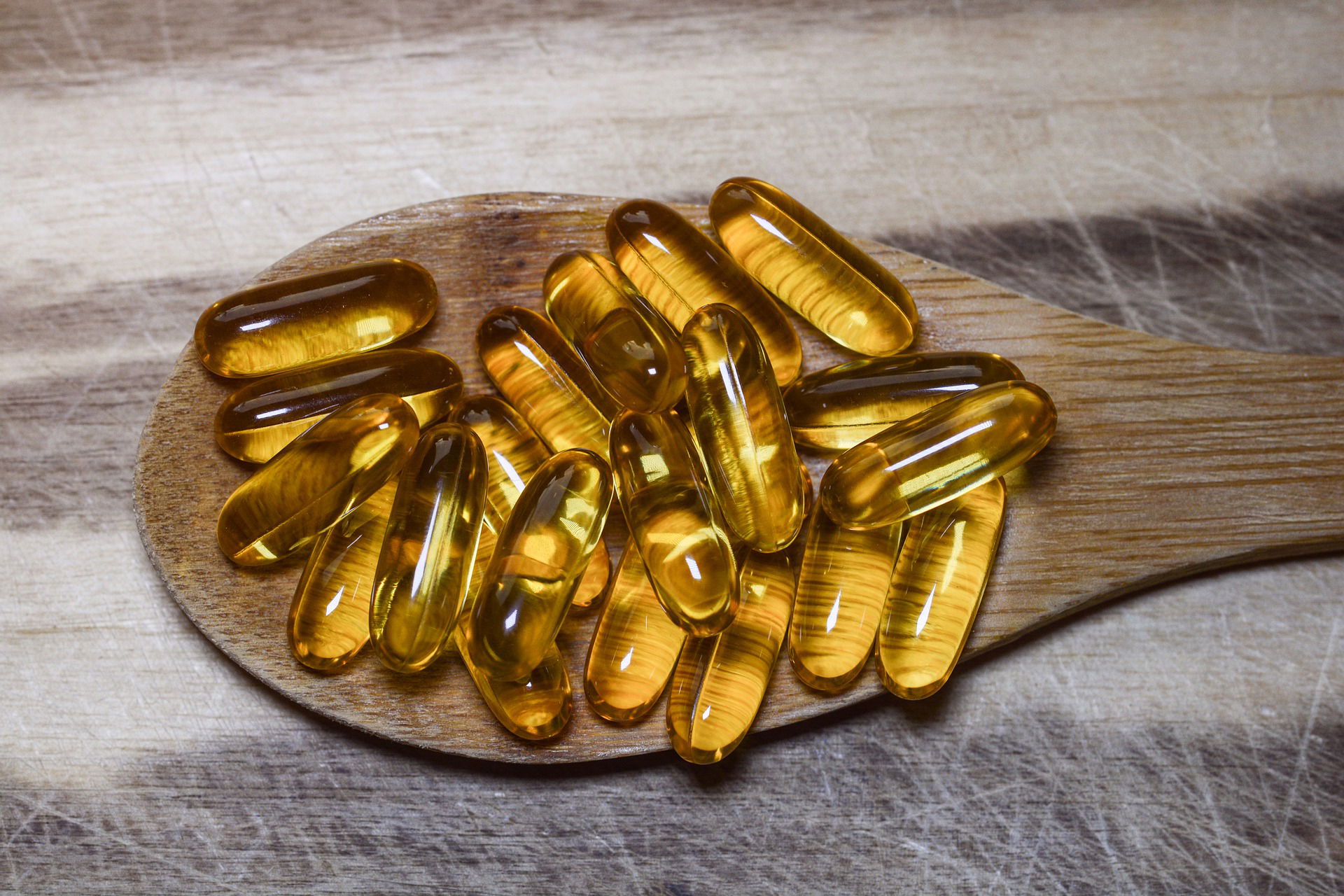
LYCOPENE
Lycopene is yet another must have carotenoid required for healthy eyes and good vision. It is a powerful antioxidant and helps protect the eyes from AMD, the most common cause of blindness in the US. Where to find lycopene: tomatoes, guava, watermelon, papaya, pink and red grapefruit, persimmons, asparagus, liver (especially chicken liver), chilli peppers and red cabbage; riper fruits generally contain more lycopene.
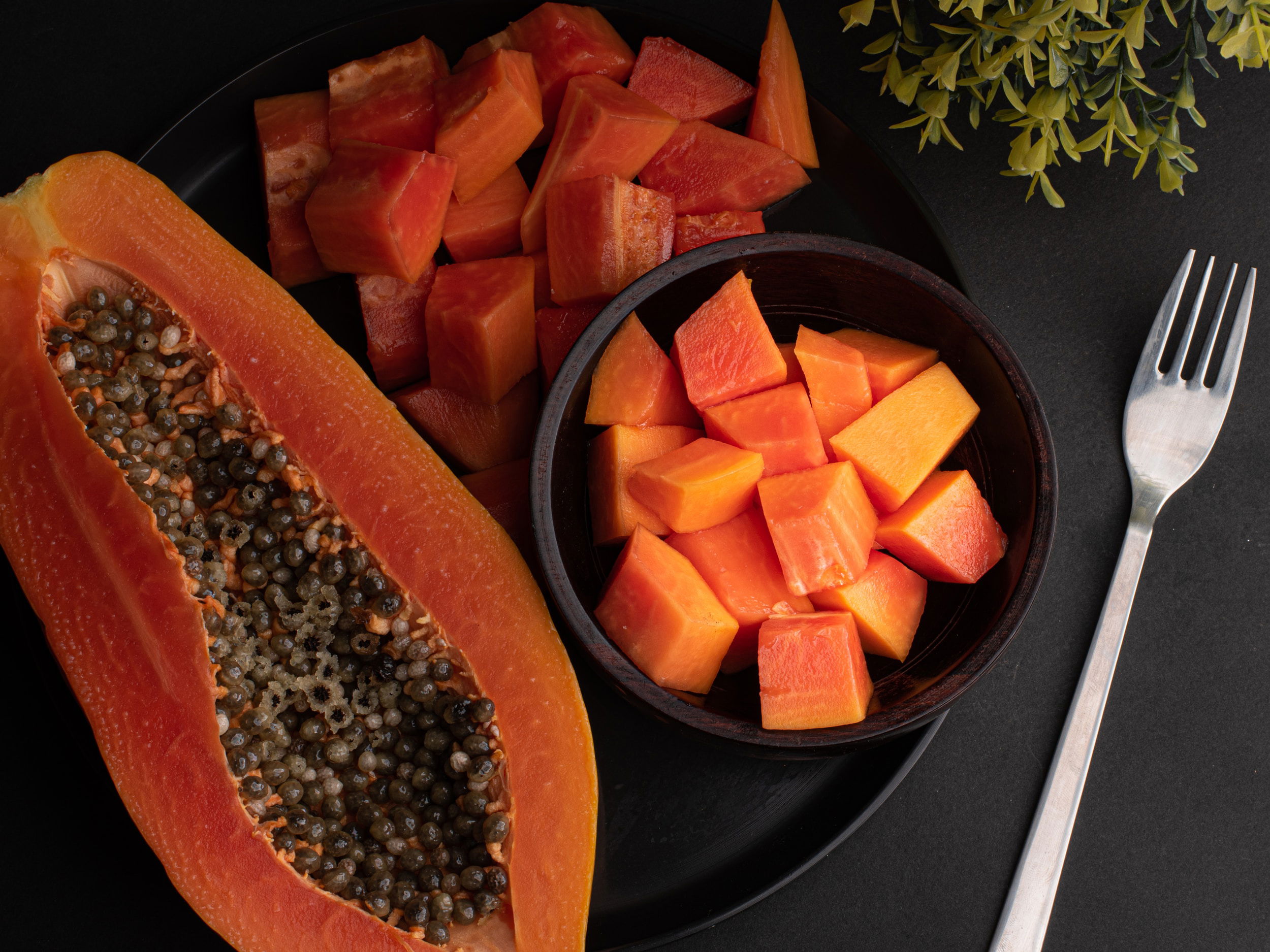
SELENIUM
The human body needs selenium in very small amounts, but it needs it nevertheless. Lack of selenium in the diet can result in faster development of cataracts and AMD. Foods containing selenium include: fish and shellfish, eggs, yeast, nuts, sunflower seeds, oatmeal, whole grains, brown rice. Selenium is destroyed during food refining and processing. To make sure you get your fair share of selenium include minimally processed or refined foodstuffs in your daily ration.

ZINC
The Age-Related Eye Disease Study (AREDS) – sponsored by the Federal government’s National Eye Institute – has found that taking high levels of antioxidants and zinc can reduce the risk of developing advanced age-related macular degeneration (AMD) by about 25 percent.This major clinical trial closely followed about 3,600 participants with varying stages of AMD. The results showed that the AREDS formulation, while not a cure for AMD, may play a key role in helping people at high risk for developing advanced AMD keep their remaining vision Foods containing zinc: shellfish (especially oysters), veal liver, sesame seeds and tahini, pumpkin and squash seeds, dark chocolate, beans, beef, lamb, and peanuts.
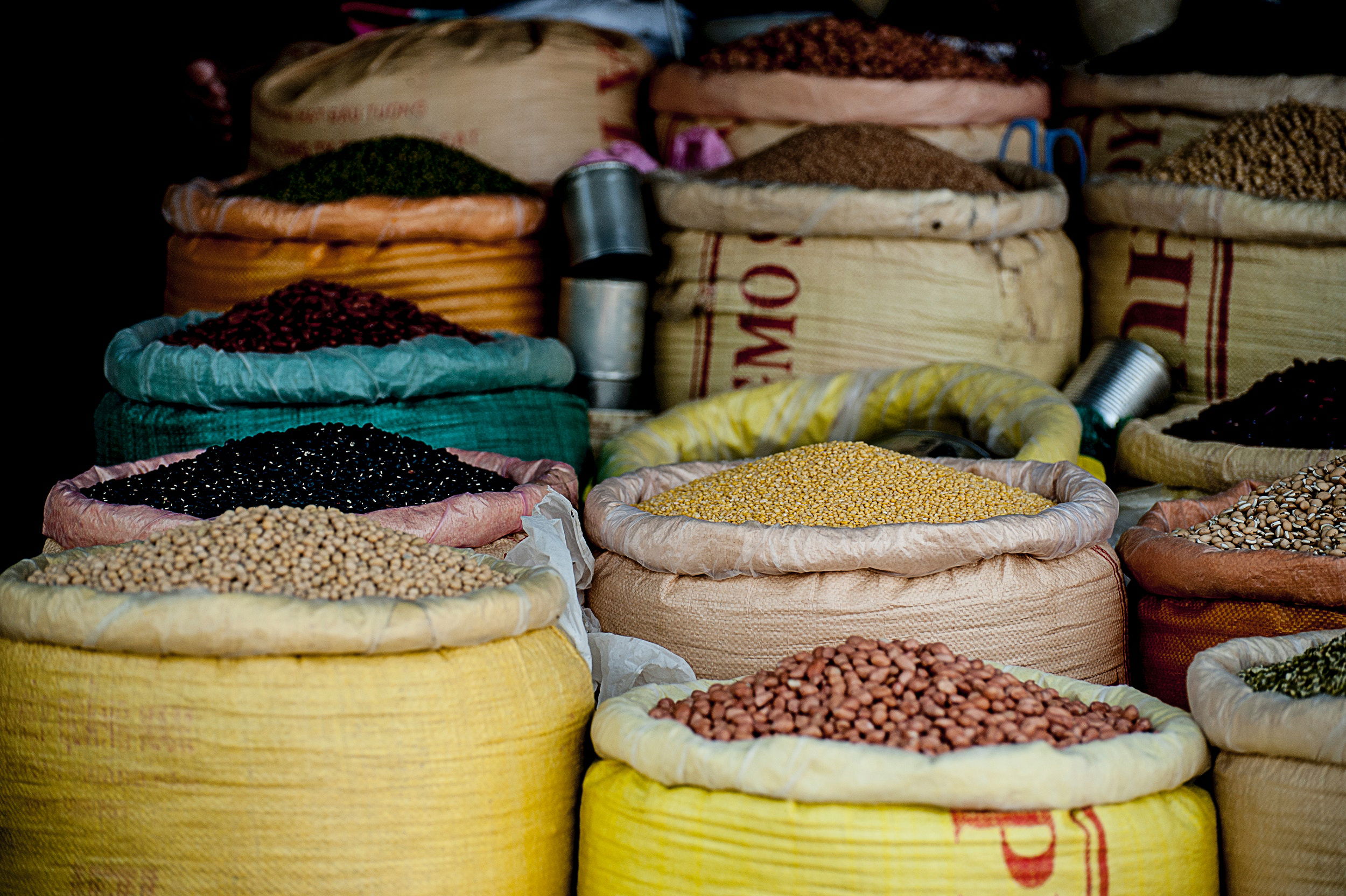
VITAMIN C
Vitamin C is a powerful antioxidant and free radical scavenger. Vitamin C is thought to slow down development of cataracts and age-related macular degeneration. Foods that have plenty of vitamin C: bell peppers, kale, mustard greens, Brussels sprouts, strawberries, guava, thyme, parsley, broccoli, cauliflower, kiwi, guava, oranges, tangerines, lemons, peaches, pickled cabbage, rose hips.
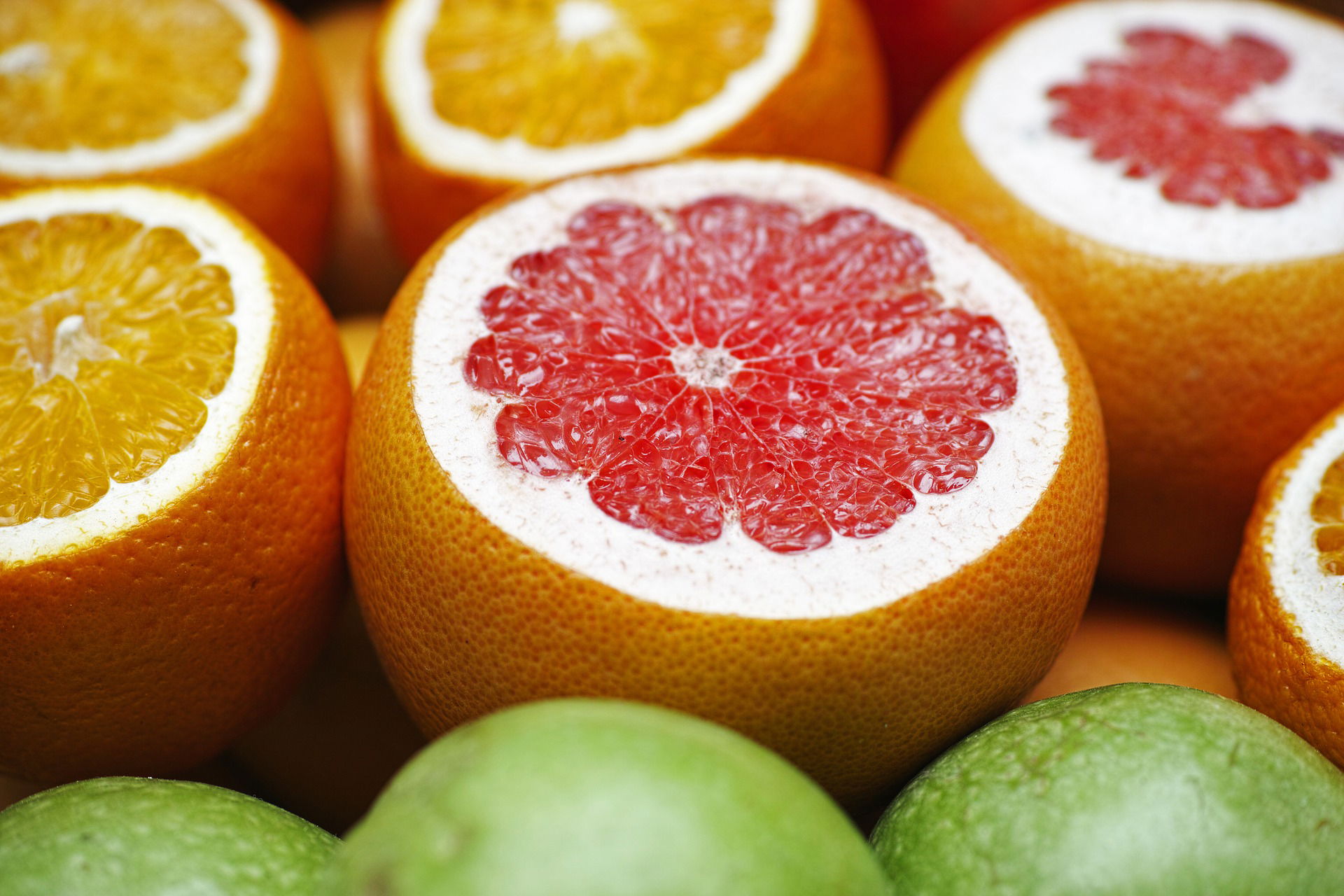
BIOFLAVONOIDS
Almost any food containing vitamin C also contains pigments called bioflavonoids (or flavonoids). Flavonoids help maintain a healthy cornea, strengthen blood vessels, and stabilize allergic and inflammatory reactions.
Foods rich in bioflavonoids: red bell peppers, blueberries, strawberries, black currant, citrus fruits, broccoli, Brussels sprouts, tropical fruits, green tea, spinach, garlic.
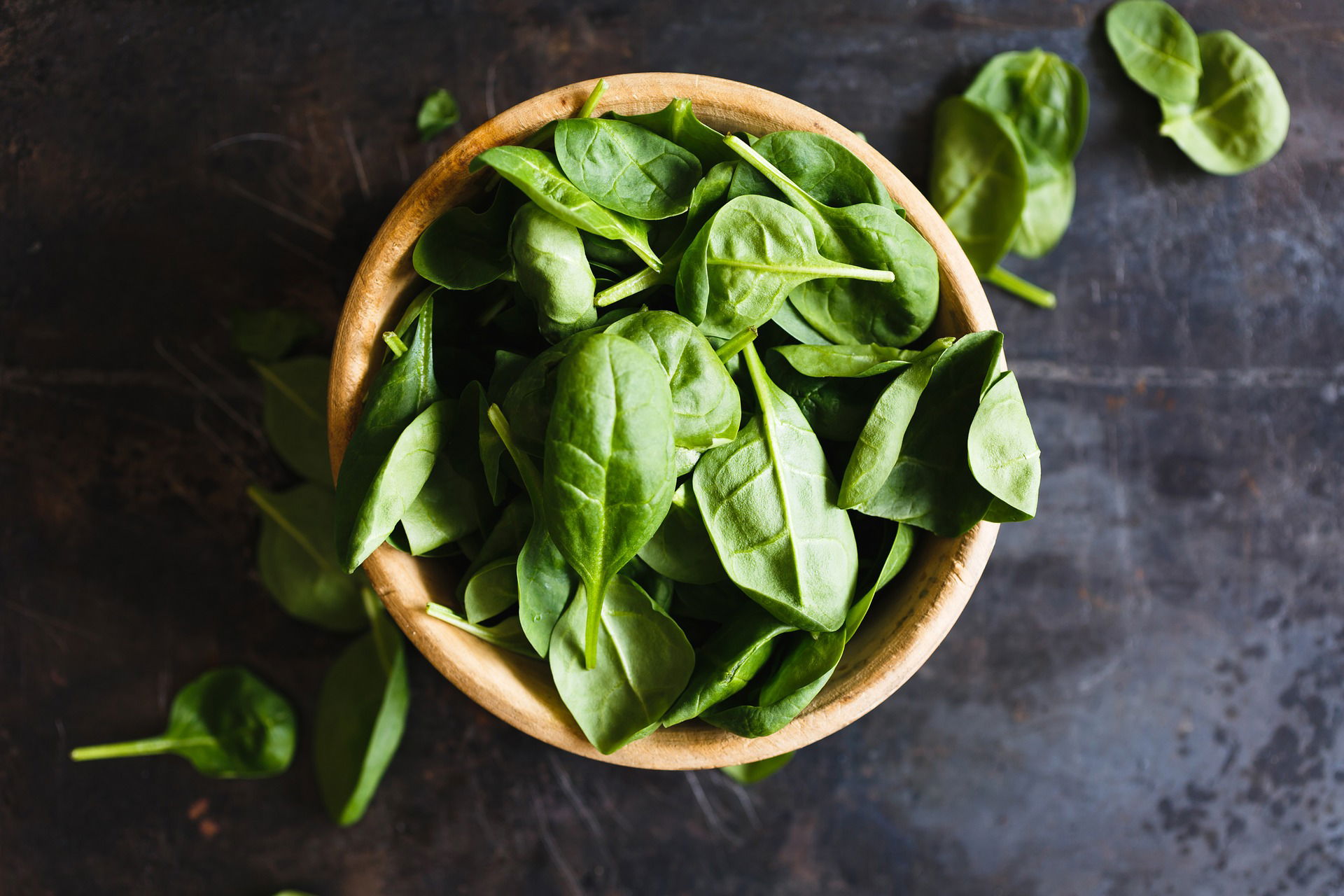
VITAMIN E
Vitamin E is another great antioxidant. As all antioxidants, it scavenges and reduces the effect of tissue damaging free radicals helping prevent macular degeneration and cataract formation. Vitamin E can be found in: nuts and nut oils, sunflower and palm oils, avocados, green leafy veggies (e.g. spinach, turnip, beet, collard, dandelion greens, etc.), asparagus, kiwi, broccoli, pumpkin, sweet potato, mango, tomatoes, papaya.
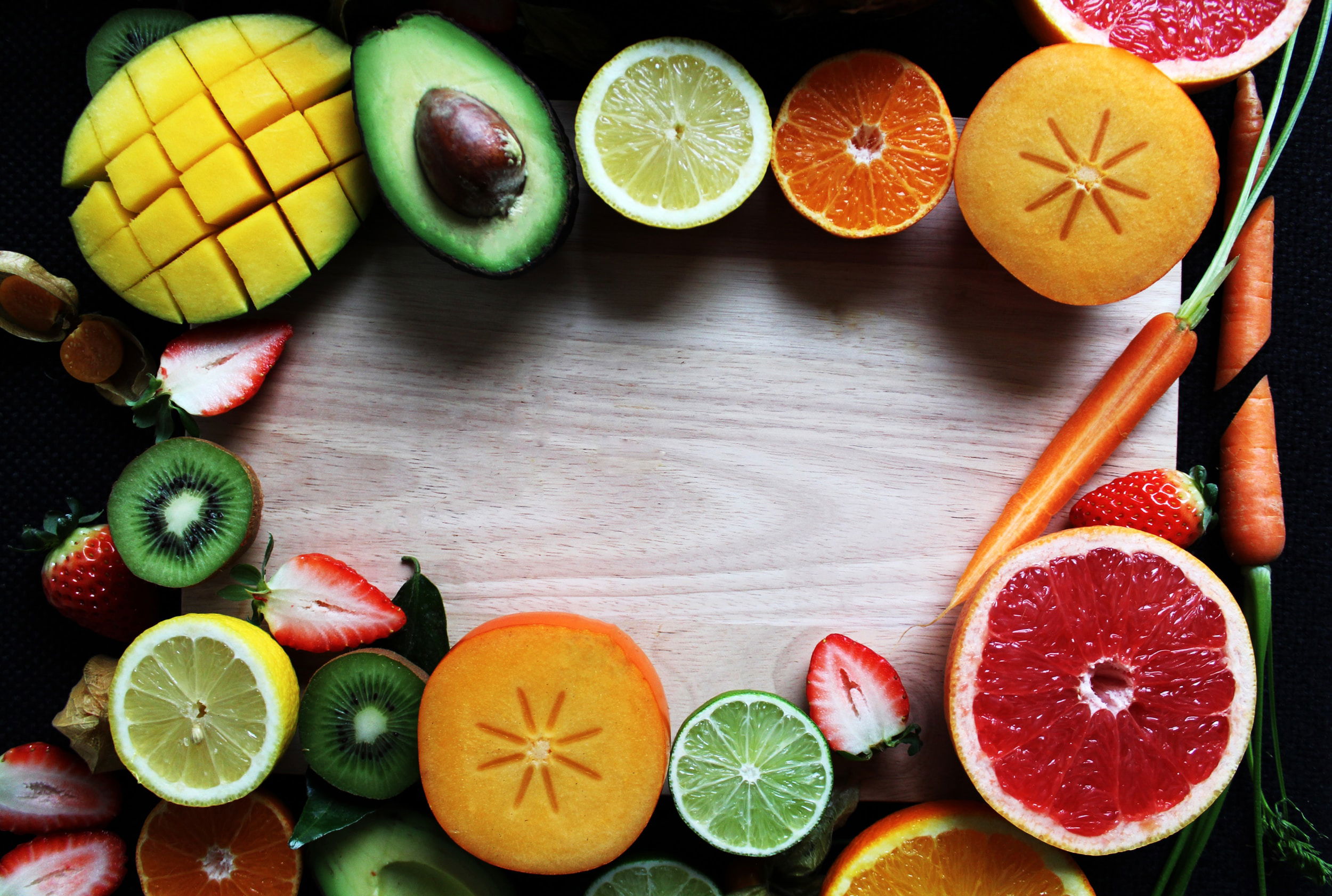
Sources:
-https://www.aao.org/eye-health/tips-prevention/diet-nutrition
-https://www.nei.nih.gov/research/clinical-trials/age-related-eye-disease-studies-aredsareds2
-https://www.ncbi.nlm.nih.gov/pmc/articles/PMC6771137/